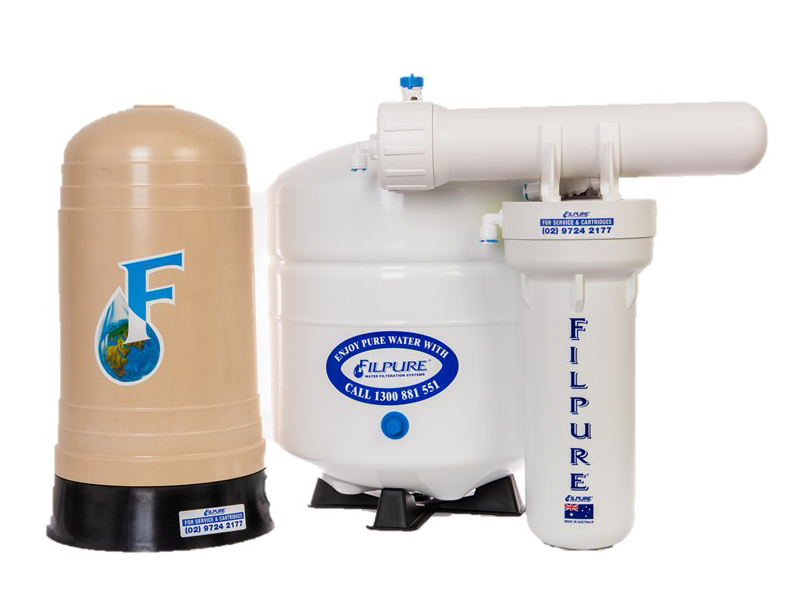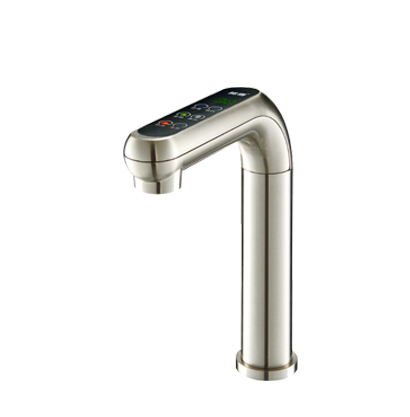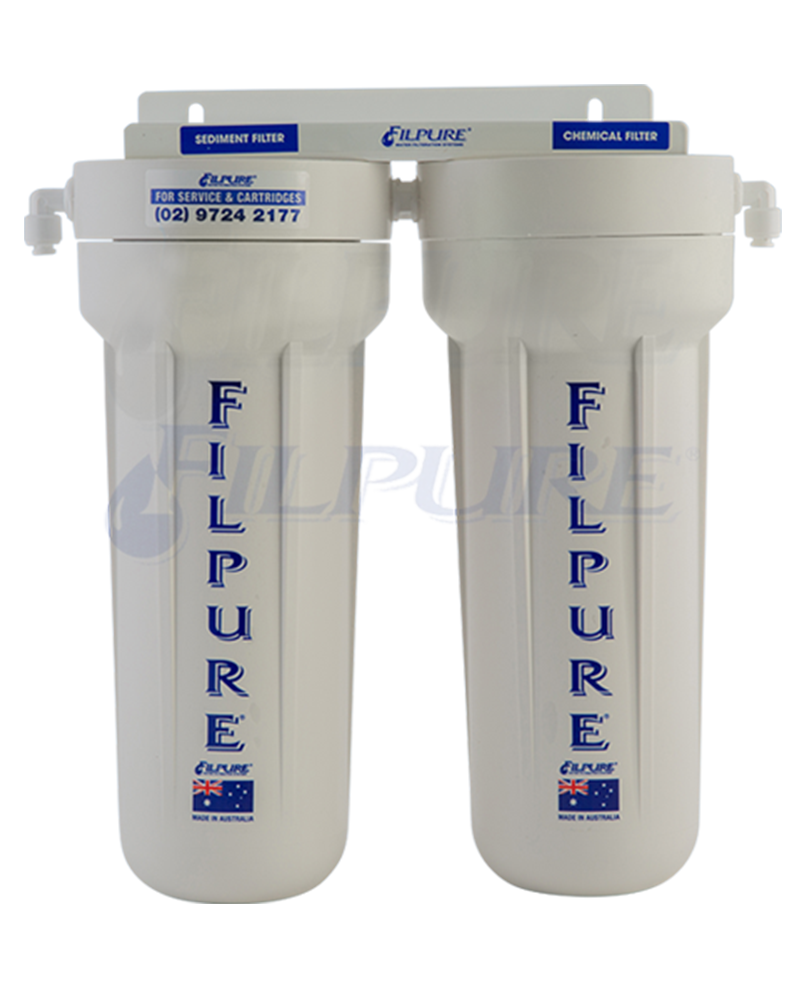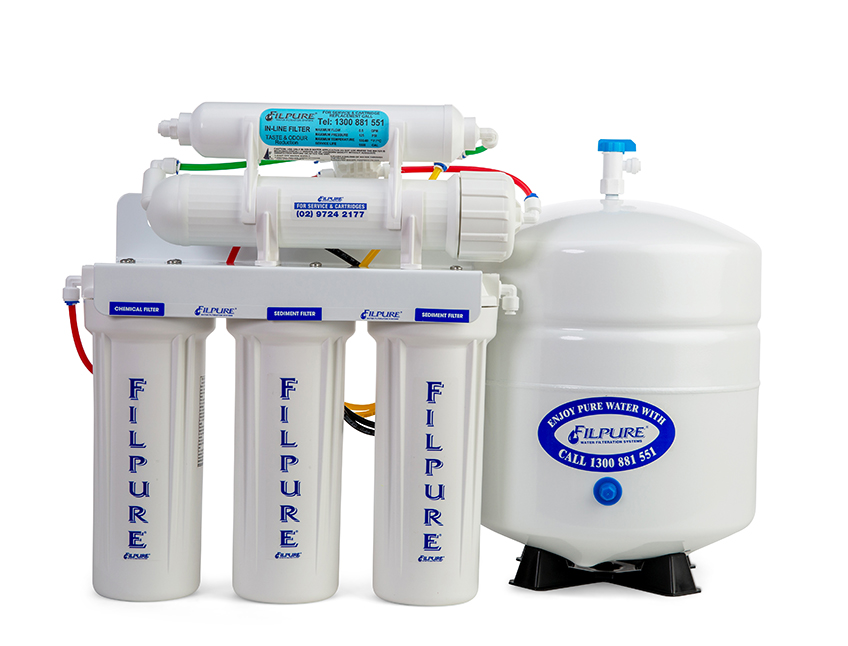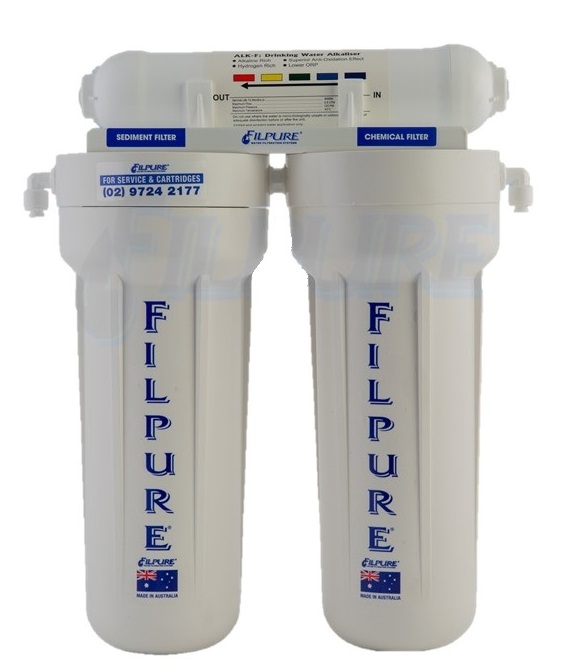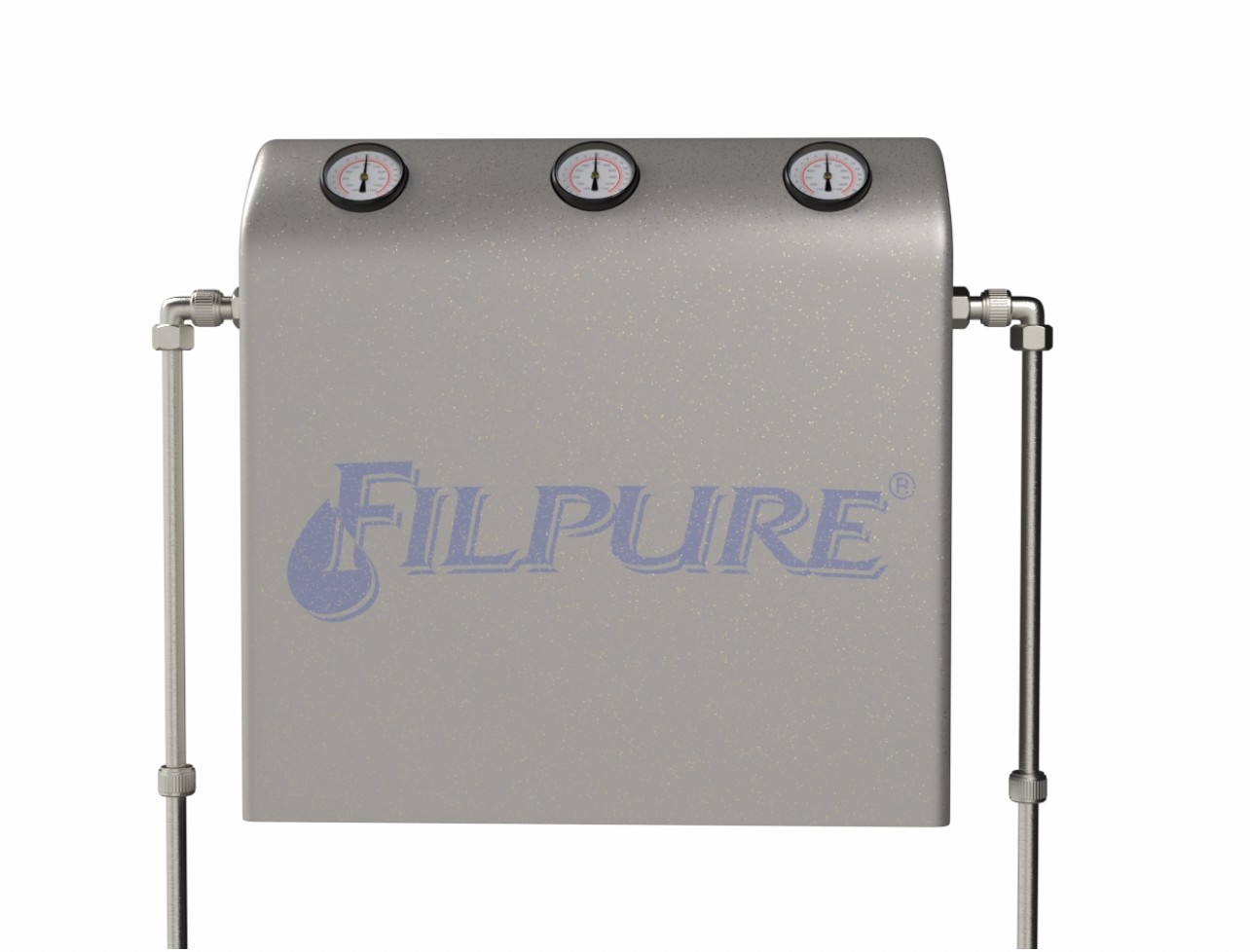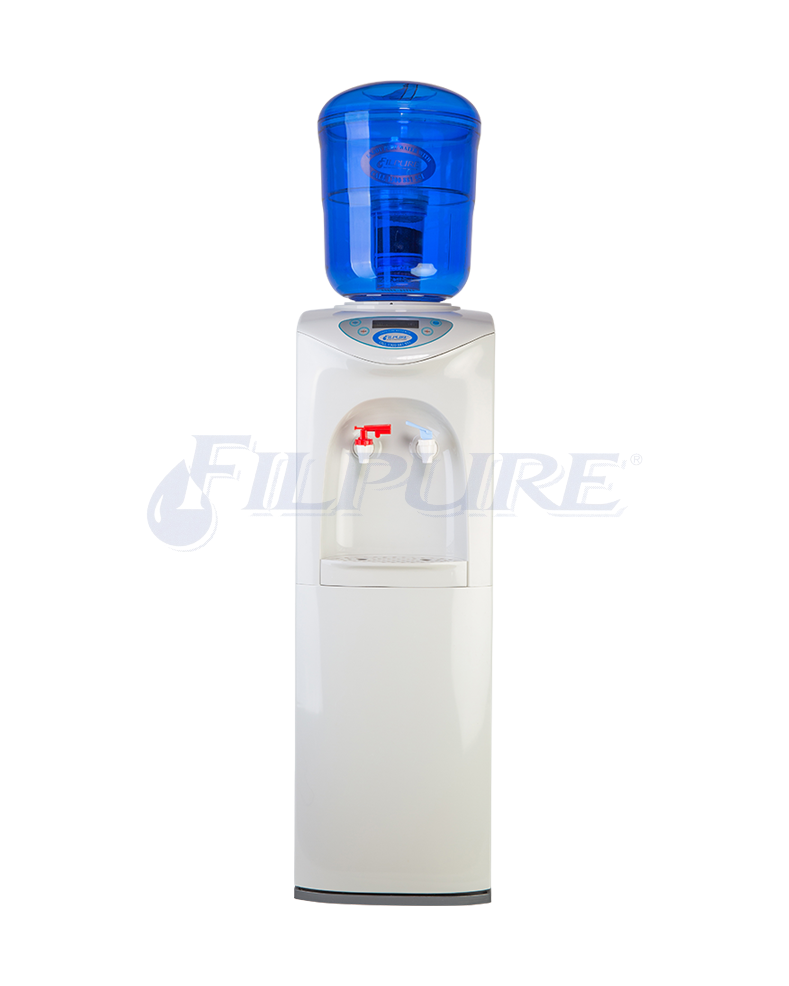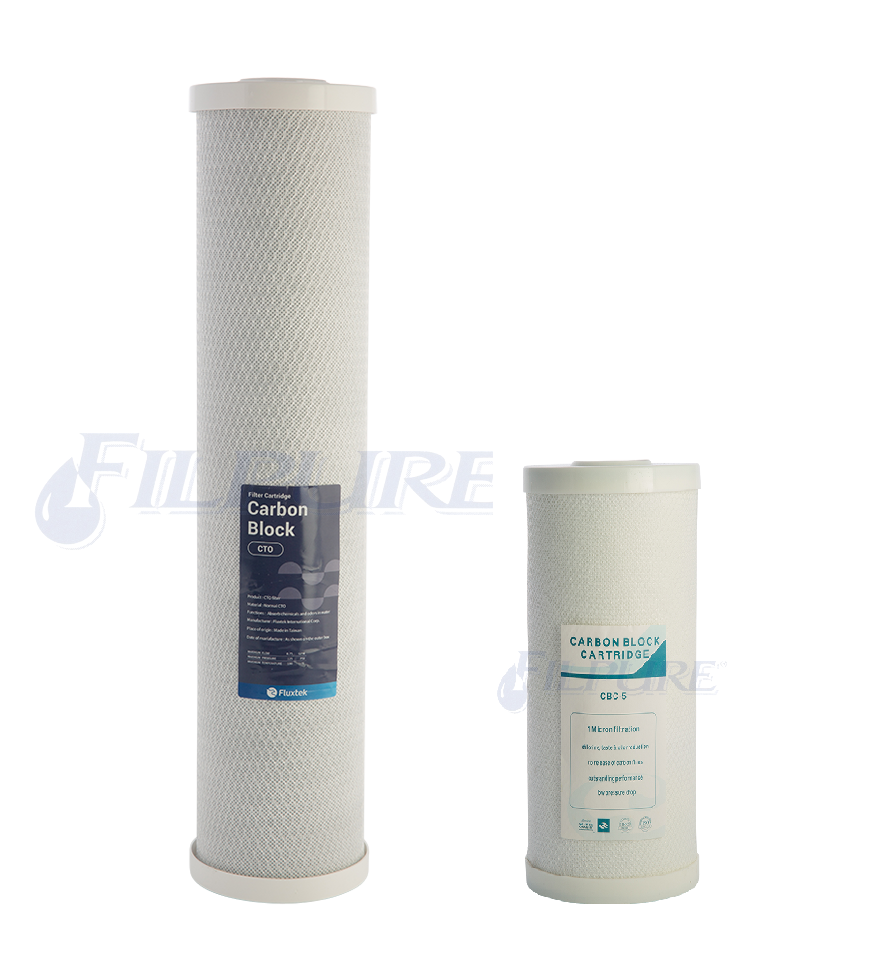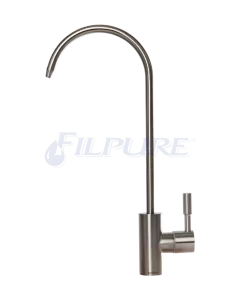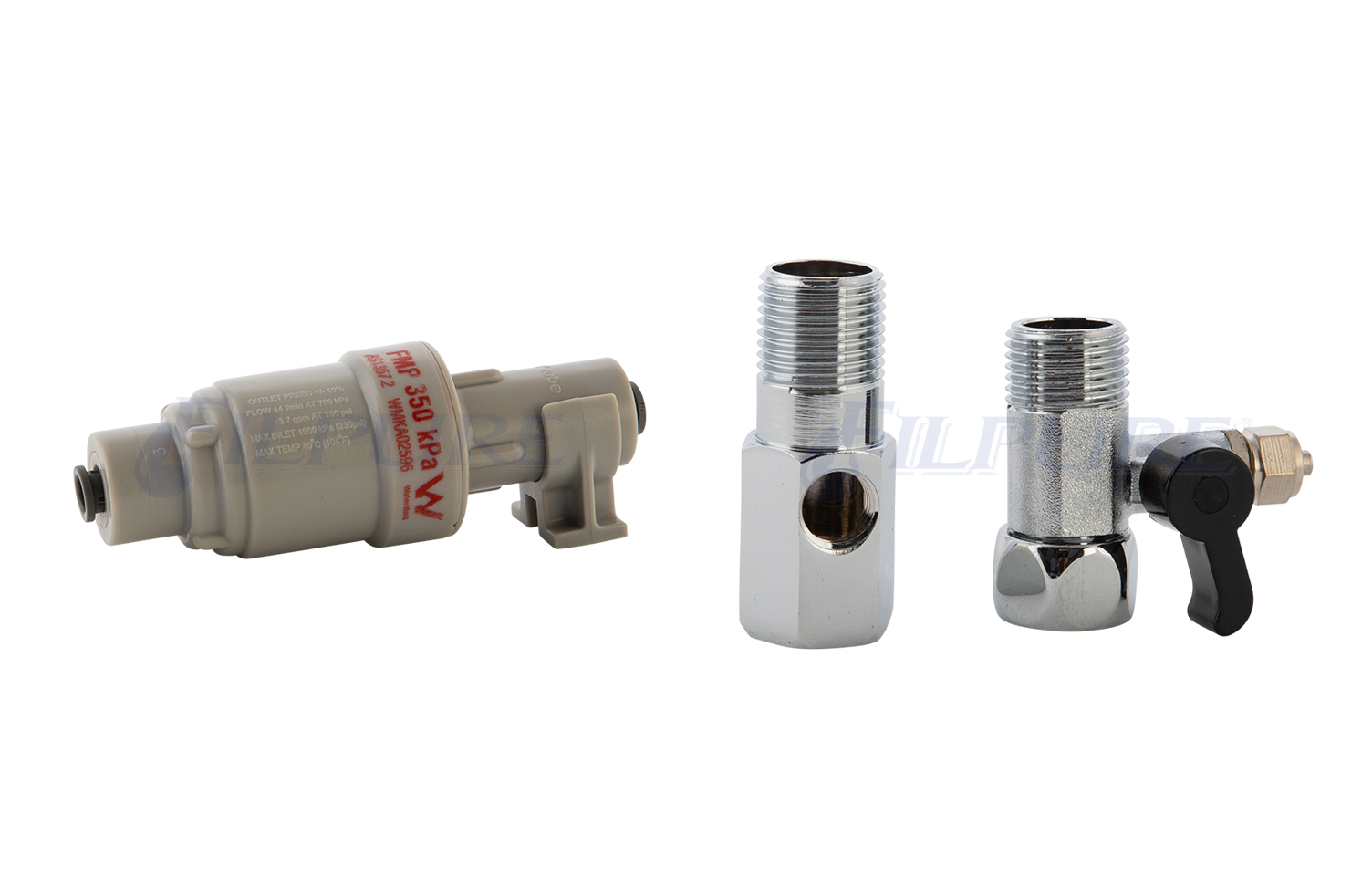How Do Water Filters Work?
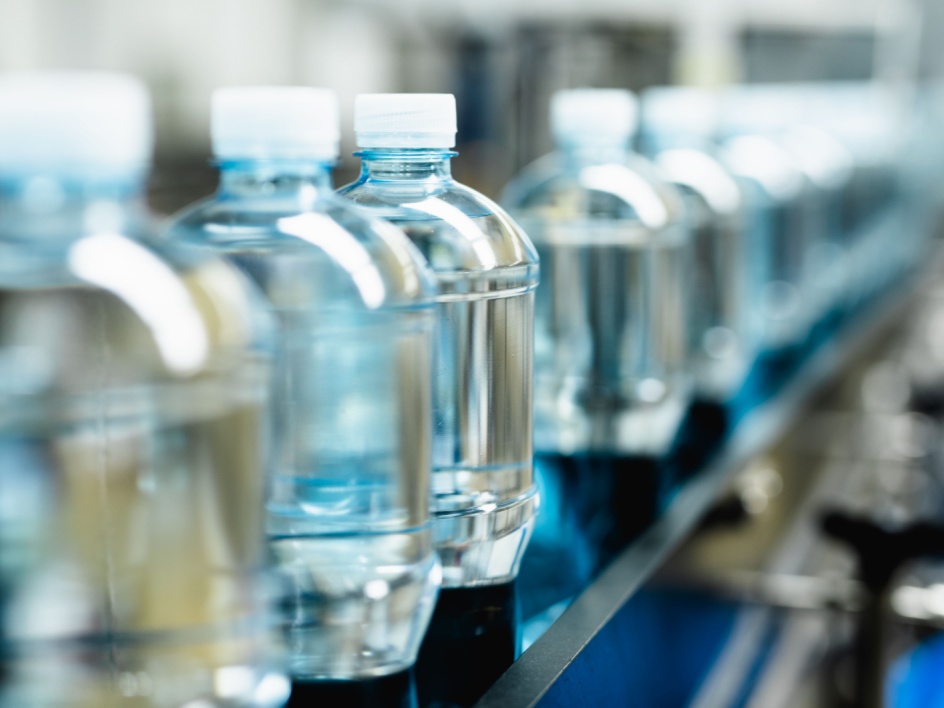
Clean water is essential for our health and well-being, yet not all water sources meet safety standards for drinking. This is where water filters come in. They are designed to remove impurities, ensuring safe and great-tasting water for consumption. But how do water filters actually work? Essentially, they use different filtration processes to remove contaminants, improve taste, and protect your household from harmful pollutants. Below, we’ll explain the technologies behind water filters and help you understand how they make your drinking water safe.
How Does Water Filtration Work? A Brief Explanation
Water filters work by removing impurities through a combination of filtration processes. Each type of filter uses specific mechanisms—such as physical barriers, chemical reactions, or light—to target and eliminate contaminants. To provide a deeper understanding, we’ll break down the different types of filtration technologies commonly used in water filters and how they function.
Whether you’re aiming to remove sediments, eliminate bacteria, or reduce chlorine taste, water filters are equipped to tackle various water quality issues.
Types of Filtration Technologies
Activated Carbon Filters
Working Mechanism: Activated carbon filters utilize a process called adsorption, where contaminants stick to the surface of the carbon particles, effectively trapping harmful substances. These filters are excellent for removing chlorine, pesticides, and organic compounds that affect the taste and odor of water.
Where It’s Useful
- Perfect for improving the taste and smell of your water.
- Ideal for eliminating organic compounds and chlorine from tap water.
Reverse Osmosis (RO) Filters
Working Mechanism: Reverse osmosis forces water through a semipermeable membrane, which has extremely tiny pores. These pores only allow water molecules to pass, leaving behind contaminants like heavy metals, salts, and bacteria. RO filters produce nearly pure water free of harmful substances.
👉 Looking to learn more about reverse osmosis? Check out our detailed guide on the complete working process of RO technology.
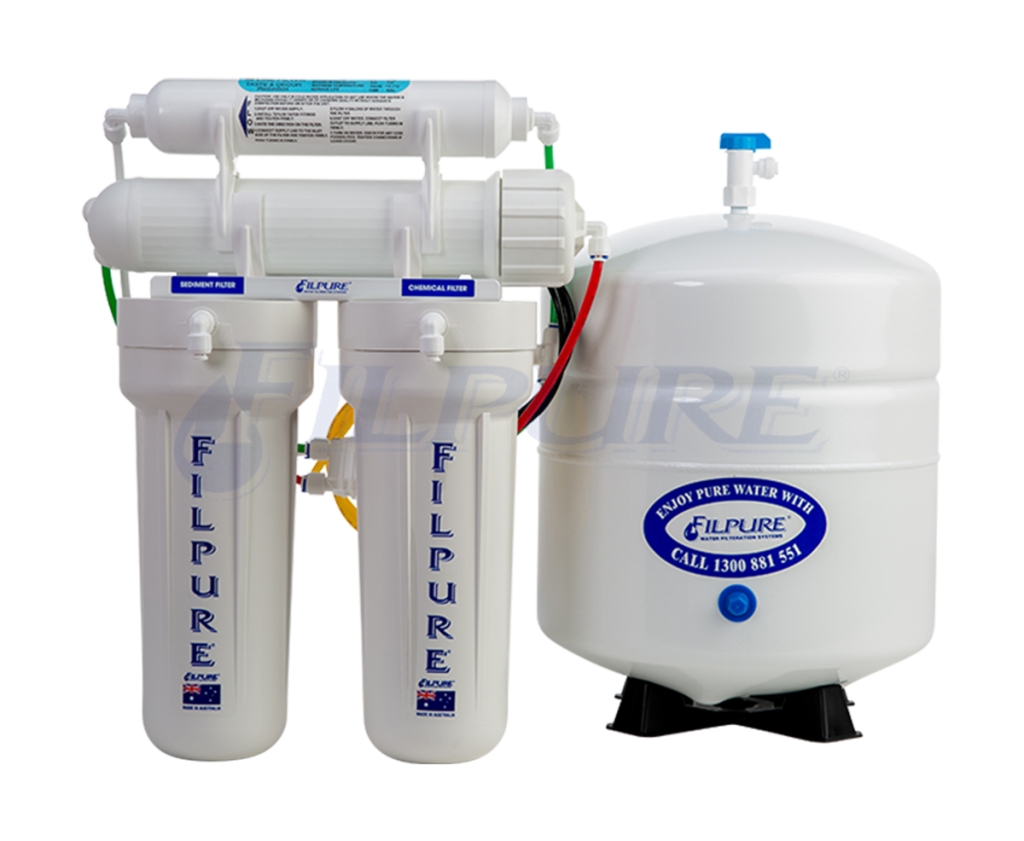
Where It’s Useful
- Great for areas with hard water or high contamination levels.
- Highly effective for removing heavy metals and bacteria.
Ion Exchange Filters
Working Mechanism: Ion exchange filters contain resin beads that swap harmful ions, like calcium and magnesium (which cause water hardness), with harmless ions such as sodium or potassium. This process softens the water, reducing scale buildup and protecting appliances.
Where It’s Useful
- Ideal for households dealing with hard water issues.
- Helps prolong the life of home appliances like coffee makers and dishwashers.
Ultraviolet (UV) Filters
Working Mechanism: UV filters use ultraviolet light to kill bacteria and viruses. The UV light penetrates microorganisms and disrupts their DNA, rendering them inactive and unable to reproduce, ensuring the water is safe for consumption.
Where It’s Useful
- Effective for killing bacteria and viruses in untreated or well water.
- A chemical-free method for disinfection.
Sediment Filters
Working Mechanism: Sediment filters physically strain out larger particles like sand, dirt, and rust from the water. These filters use materials such as pleated polyester or cellulose to trap particles and protect downstream filtration systems.
Where It’s Useful
- Best for removing visible particles to clarify water.
- Acts as a pre-filter for more advanced filtration systems like RO or UV filters.
Mechanisms of Filtration
Physical Filtration
This method involves using a physical barrier to block contaminants. Sediment filters are a perfect example, as they trap larger particles like sand and rust, providing clearer water.
Chemical Filtration
Activated carbon filters employ chemical adsorption to remove impurities. Harmful substances like chlorine and pesticides cling to carbon granules, effectively purifying the water.
Biological Filtration
UV filters leverage light to neutralize bacteria and viruses, ensuring microbiologically safe water without the use of chemicals.
Each filtration mechanism is designed to tackle specific contaminants, making it essential to combine technologies depending on your water quality needs.
Benefits of Water Filters
1. Improve Water Taste and Odor
Removing chlorine and organic compounds significantly enhances the flavor and smell of water, making it more pleasant to drink.
2. Ensure Safer Drinking Water
Filters eliminate harmful contaminants such as bacteria, viruses, heavy metals, and harmful chemicals, making your water healthier.
3. Protect Household Appliances
Ion exchange filters reduce water hardness, preventing scale buildup in appliances like dishwashers, water heaters, and coffee machines.
4. Reduce Plastic Waste
By using a water filter, you rely less on single-use plastic bottles, contributing to a more sustainable future.
5. Personalized Filtration
With multiple types of filters available, you can choose the one that best suits your specific water quality concerns, ensuring effective and tailored results.
Conclusions
Water filters are essential tools for ensuring clean, safe, and great-tasting water in your home. They work by using various technologies—such as physical barriers, chemical adsorption, ion exchange, and UV disinfection—to target and eliminate impurities like sediments, chlorine, bacteria, and heavy metals. Each filtration method is designed to address specific water quality issues, making it easier to customize your water filtration system to your needs.

